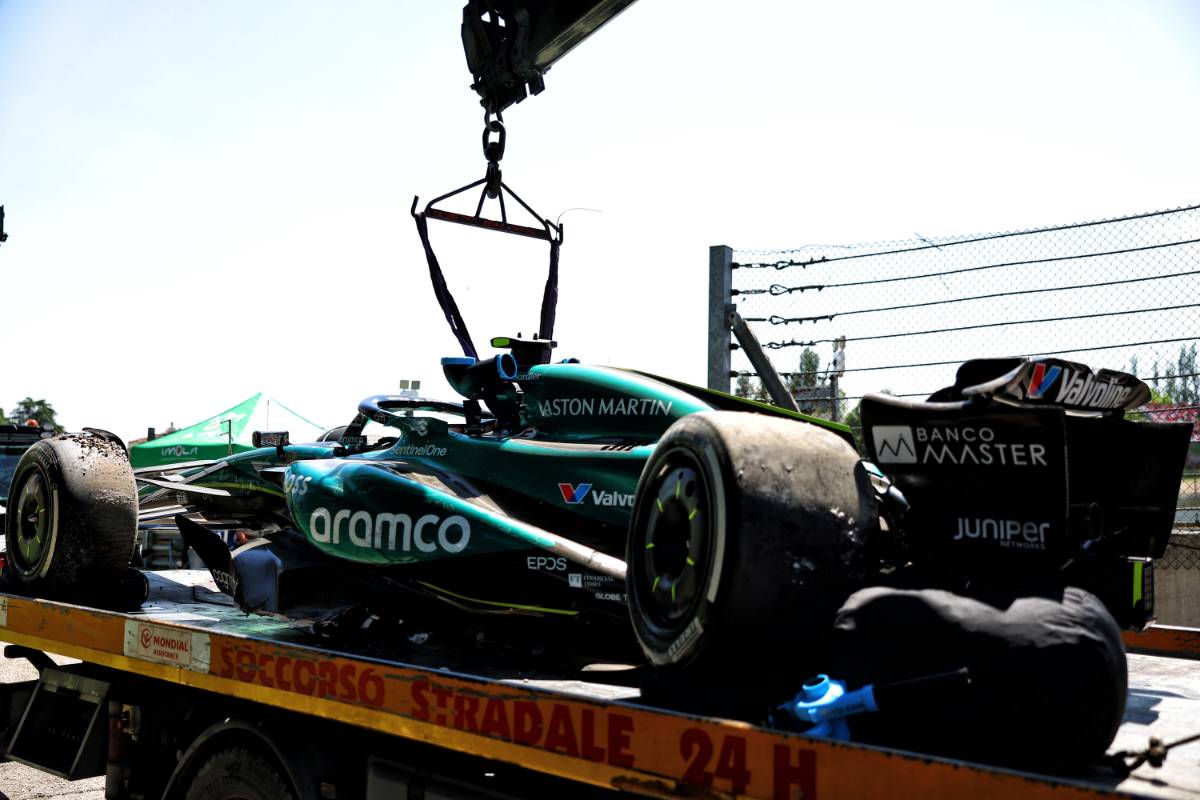
The NFL opens the two-week franchise tag window today, allowing teams to lock one soon-to-be free agent into a one-year, fully guaranteed contract. Will the Miami Dolphins use the tag this year?
The NFL reaches the first major step in the 2024 offseason schedule on Tuesday as the franchise tag window opens. Anytime between this afternoon and March 5 at 4 p.m. ET, teams can place a franchise or transition tag on a soon-to-be free agent, essentially keeping him with the team for one additional year. The plus side of placing a tag on a player from the team perspective is they keep a player they consider essential to their team while locking in a negotiating window for a longer-term contract. The downside is a franchise tag is not cheap, with a player guaranteed at least 120 percent of his previous year’s salary, but, depending on the type of tag, potentially a lot more than that.
From the player’s perspective, they get a fully guaranteed contract, which is a positive, but it is only for one year, which is a negative. It also prevents them from potentially hitting the open market and signing an even bigger contract. It was originally designed to be a positive for both sides, with the player getting a large payday while the team is protected from losing a key player. It has evolved into a move that can cause some animosity between player and club.
There are three types of tags, the exclusive franchise tag, the non-exclusive franchise tag, and the transition tag. A team can use any of the options, but they can only use one per year. They have the right to rescind the tag, but it still counts as having been used for that offseason.
After a tag is used, teams will have until July 15 to reach a deal on a new contract for a tagged player or he will spend the season on the tag.
Tag Types
The exclusive franchise tag prevents a player from negotiating with any other team – thus the “exclusive” part of the name – and has the highest salary among the three types of tags. To calculate the one-year guaranteed salary, it is the average of the top five salaries at the player’s position for the current year, or 120 percent of his previous salary, whichever is greater.
The non-exclusive franchise tag allows a player to negotiate a contract with another team, with the current team then allowed to match the offer. If the current team does not match, then the new team provides two first-round draft picks to the current team as compensation – basically a two first-round pick trade for the player. The salary for a non-exclusive tag is typically a little lower, with the top five salaries over the last five years used to calculate the deal, or, again, a 120 percent pay increase from the previous year for the player, whichever is higher. The compensation and the lowered salary leads to the non-exclusive tag being the predominant tag used – and when “franchise tag” is used as a generic term, it is typically this tag being discussed.
The transition tag is the lowest of the three tag options, with the salary calculated from the top ten salaries from the player’s position. The player can negotiate with another team, with his current team having the right to match any offer. The current team does not receive any compensation should they choose to not match the offer.
Estimated 2024 Franchise / Transition Tag numbers
The salary cap also plays into the calculation of tag numbers, though that is not officially set yet for this season. While initial rumors indicated the cap could be between $242 million and $243 million for 2024, yesterday a Pro Football Talk report indicated it could move up to the $250 million range. According to OverTheCap.com, the estimated tag numbers for 2024 are:
- Quarterback: $36.3 million (franchise tag) / $31.2 million (transition tag)
- Running back: $11.3 million / $10.1 million
- Wide receiver: $20.7 million / $19.4 million
- Tight end: $12.0 million / $10.6 million
- Offensive line: $19.9 million / $19.7 million
- Defensive tackle: $20.9 million / $15.8 million
- Defensive end: $20.2 million / $20.1 million
- Linebacker: $22.7 million / $18.7 million
- Cornerback: $18.8 million / $15.9 million
- Safety: $16.2 million / $14.0 million
- Special teams: $5.7 million / $5.3 million
Will the Miami Dolphins use a tag?
The Miami Dolphins have a busy offseason in front of them, both in trying to get below the salary cap, wherever the league ultimately sets the number, and in trying to fill out a roster. The team has 27 players scheduled to hit the open market as unrestricted free agents, plust two who could be available if Miami does not place a restricted free agent tender on them. Of that group, there is one name that stands out as a potential franchise tag target: defensive tackle Christian Wilkins.
The Dolphins and Wilkins worked on a contract extension last offseason, but Wilkins bet on himself, choosing to play on the final year of his contract rather than sign a deal he felt undervalued him. He won that bet, coming out of the 2024 season in a great negotiating position for himself. Now, the Dolphins will have to dig deeper into their pockets to try to keep their 2019 first-round draft pick.
In 2023, Wilkins recorded 65 tackles with a career-high in sacks, bringing down opposing quarterbacks nine times. He also forced a fumble, recovered two, and tallied two passes defensed. He was a Pro Bowl Games selection snub, landing on the alternate list but not being activated for the game.
Miami could use the tag on Wilkins with the plan to reach a new contract sometime during the summer. Doing that, however, likely sets Wilkins’ expectation for an annual salary at the tag number of around $20 million. It also immediately adds another $20 million to Miami’s salary cap number for 2024, with the team already well over the cap. Can they afford to put the tag on Wilkins?
Can they afford to not put the tag on Wilkins?
Deadlines drive action, so teams will typically wait until closer to the March 5 to place the tag on a player. We have a couple of weeks to wait to see if the Dolphins do decide to use the tag this year.

















You must be logged in to post a comment Login